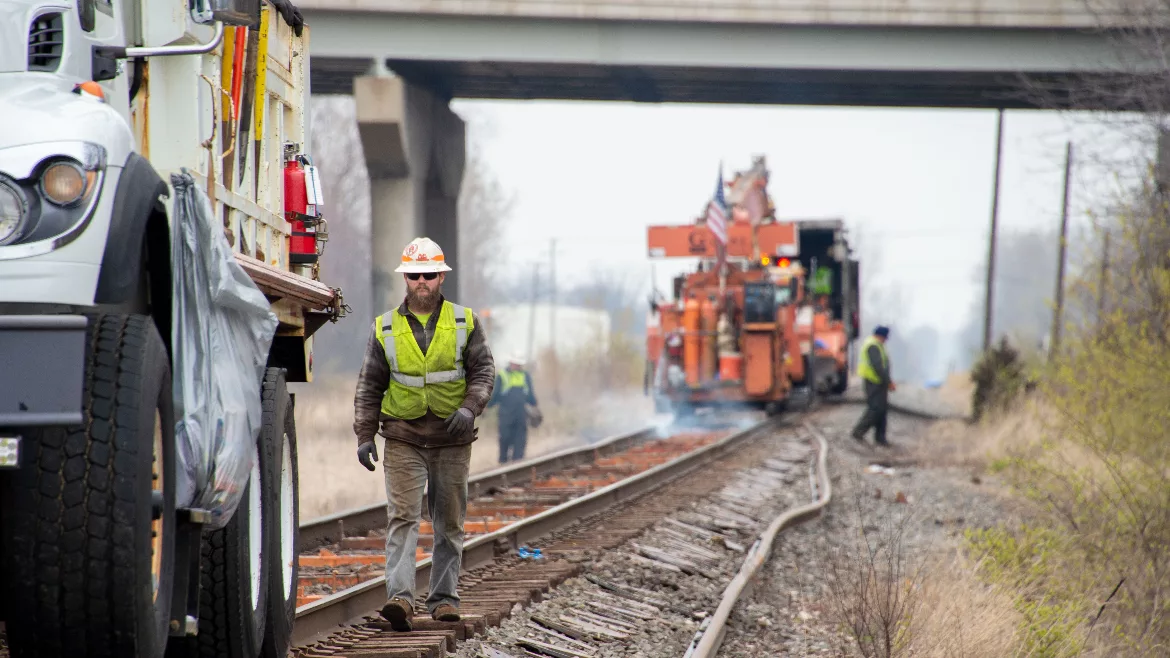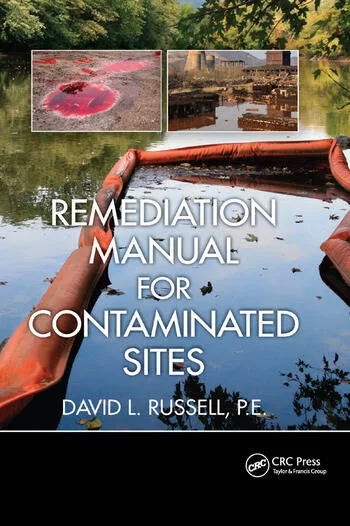Toxic controlled burn impacts an already contaminated region
While in-home air tests show the fumes released from the Norfolk Southern controlled burn are not present, soil contamination remains.

Photo courtesy of Norfolk Southern
On Tuesday, Ohio Gov. Mike DeWine gave an update on the Norfolk Southern 50-car train derailment that took place Feb. 3 in East Palestine, Ohio, and the subsequent controlled burn of toxic chemicals that eventually lead to widespread, national media coverage.
The burn has left a lasting mark throughout the Ohio Valley and beyond, killing more than 3,500 fish across 7.5 miles of streams according to Ohio Department of Natural Resources estimates. Locals likewise report livestock casualties owing to the toxic fumes of phosgene and hydrogen chloride from the controlled burn. Ohio evacuated humans from a 1-mile radius of the site before telling residents it was safe to return on Feb. 8.
A downstream water treatment plant in Huntington, West Virginia, told the Associated Press that while there currently are no drinking water advisories in place, as a precaution, American Water is enhancing water treatment.
Gov. DeWine authorized crews to empty five cars that were full of toxic chemicals like ethylene glycol monobutyl ether and isobutylene to burn at a controlled rate, rather than allowing the five cars to explode as heat built up in the interior of the tanks.
East Palestine has seen many train derailments, including an Amtrak crash in 1973. The region itself is also no stranger to environmental contamination. In 2020, the Ohio River watershed lead the country with the highest level of releases of toxic pollution, weighing in at nearly 41 million pounds, according to an Environment America analysis of the data. The region also suffers an above-average number of accidents requiring remediation, see below for a high-profile list:
- Elk River chemical spill in nine West Virginia counties in 2014
- Chemical warehouse fire in Parkersburg, West Virginia, in 2017
- Optima Chemical LLC in Belle, West Virginia, in 2020
- Dutch Creek fuel spill in Wilmington, Ohio, in 2022
According to Norfolk Southern’s press release, they’ve completed more than 340 in-home air tests in conjunction with EPA. In-home air monitoring has not shown any substances related to the incident and does not indicate a health risk. They also started excavating soil from the incident site and sampling the soil before safe disposal. The company has distributed over $1 million to local businesses and families to assist in related costs.
Tests detected two chemical contaminants in a few Ohio River tributaries, Tiffani Kavalec, the surface water division chief for the Ohio Environmental Protection Agency, said on Tuesday, adding that water treatment processes are designed to filter the contaminants out.
Once the controlled burn was complete, the only risk of coming in contact with the contaminant comes from the soil, Kevin Crist, professor of chemical and biomolecular engineering and director of Ohio University’s Air Quality Center, told ABC News. The Ohio EPA is working on a two-stage cleanup, starting with the removal of materials from the site before moving to an assessment for a remediation plan.
“If I lived in the community, I would be angry too,” Gov. DeWine concludes, noting Norfolk Southern is responsible for damages and that their payments to the community don’t absolve them of guilt. “They're going to be held accountable.”





